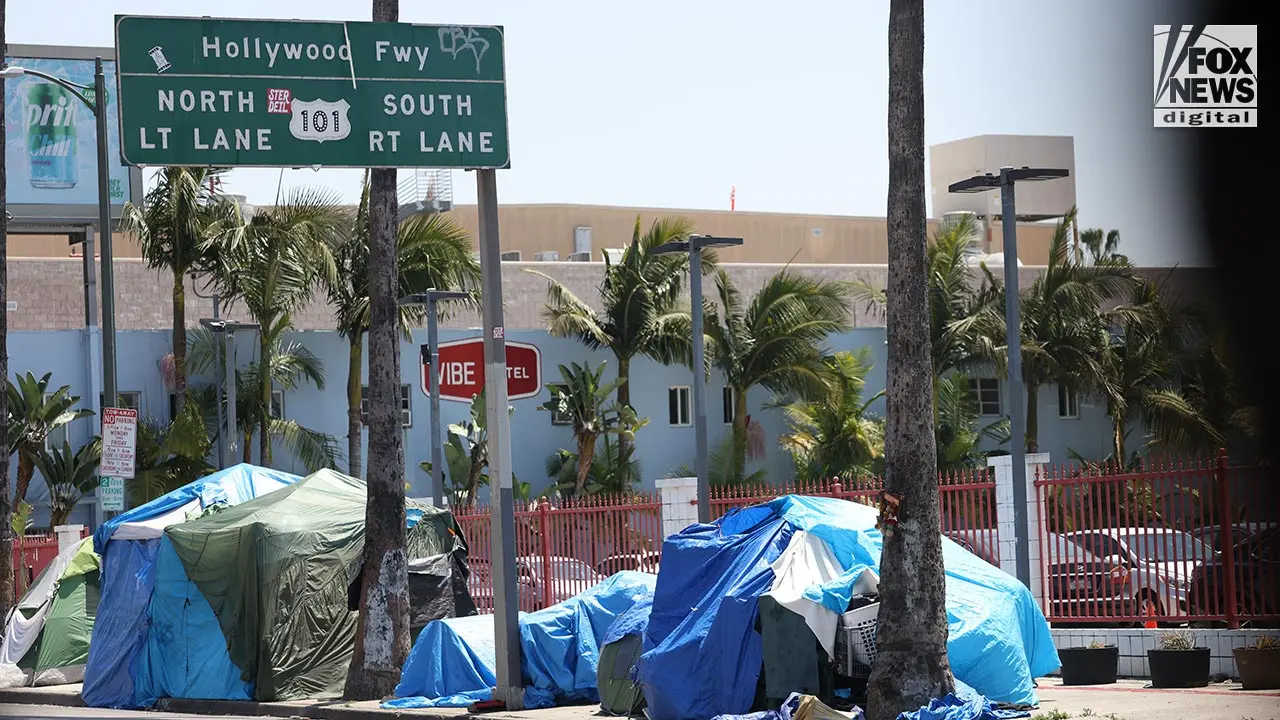Innovative Tactics: LA Business Owner Turns to ‘Baby Shark’ to Deter Homelessness
In an unconventional bid to address persistent homelessness near his establishment, a Los Angeles business owner has deployed the children’s song “Baby Shark” on repeat as an auditory deterrent. The tactic, implemented in June 2024, aims to discourage encampments outside his downtown LA storefront by leveraging the song’s repetitive, high-pitched melody. While some applaud the creative approach, critics question its ethics and long-term efficacy amid the city’s worsening homelessness crisis.
The Strategy Behind the Sonic Deterrent
Faced with recurring challenges of loitering and encampments, the business owner—who requested anonymity due to safety concerns—explained his reasoning: “After trying barriers, lights, and private security, I needed a non-confrontational solution. ‘Baby Shark’ is harmless but effective—it’s uncomfortable enough to discourage lingering without causing harm.” The song plays continuously from outdoor speakers during non-business hours, a method inspired by similar tactics used in transit hubs globally.
Research supports the use of auditory deterrents in urban management. A 2023 study in Journal of Environmental Psychology found that repetitive, high-frequency sounds reduced loitering by up to 65% in public spaces. However, the study also noted such measures could displace issues rather than resolve them. Los Angeles’ homeless population has surged to 46,260 individuals in 2024 (a 12% increase since 2022), per the LA Homeless Services Authority, amplifying debates over innovative versus humane solutions.
Reactions: From Support to Backlash
Local responses have been polarized. “It’s clever and avoids direct conflict,” said Maria Gonzalez, a neighboring shop owner. “But it’s a Band-Aid. We need citywide housing solutions, not just deterrents.” Meanwhile, advocacy groups like LA’s Housing Rights Collective condemn the tactic as dehumanizing. “Using sensory discomfort to push vulnerable people elsewhere ignores systemic failures,” argued Director Thomas Rivera.
Psychologists weigh in on the potential impacts. Dr. Elena Carter, a behavioral expert at USC, notes, “While auditory cues can modify behavior temporarily, they risk exacerbating stress among homeless individuals, many of whom already face trauma.” She emphasizes the need for paired social services.
Broader Trends in Urban Homelessness Management
LA’s experiment reflects a growing trend of “hostile architecture” and sensory deterrents in cities like San Francisco and Seattle, where spikes in homelessness have prompted unconventional measures:
- Ultrasonic devices: Emit high-frequency sounds audible only to younger individuals.
- Blue lighting: Installed in public restrooms to deter drug use by making veins harder to locate.
- Sloped benches: Designed to prevent sleeping in transit areas.
Critics argue these strategies criminalize poverty. “The focus should be on affordable housing and mental health care,” says Rivera. Yet with LA’s affordable housing deficit exceeding 500,000 units, per the California Housing Partnership, stopgap measures persist.
What’s Next for LA’s Homelessness Crisis?
The “Baby Shark” case underscores a pressing dilemma: how to balance business needs with compassionate solutions. City officials have announced a task force to evaluate deterrent policies, while advocates push for accelerated funding for shelters and addiction services. For now, the song’s loop plays on—a quirky yet contentious symbol of a city grappling with innovation and inequity.
Call to Action: Engage with local policymakers to support holistic homelessness solutions. Visit LA Housing’s website to learn about volunteer opportunities or donate to outreach programs.
See more Business Focus Insider Team

